An avant-garde Korean art movement resurfaces in LA
LA's Hammer Museum gets its teeth into avant-garde Korean art with ‘Only the Young: Experimental Art in Korea, 1960s–1970s’
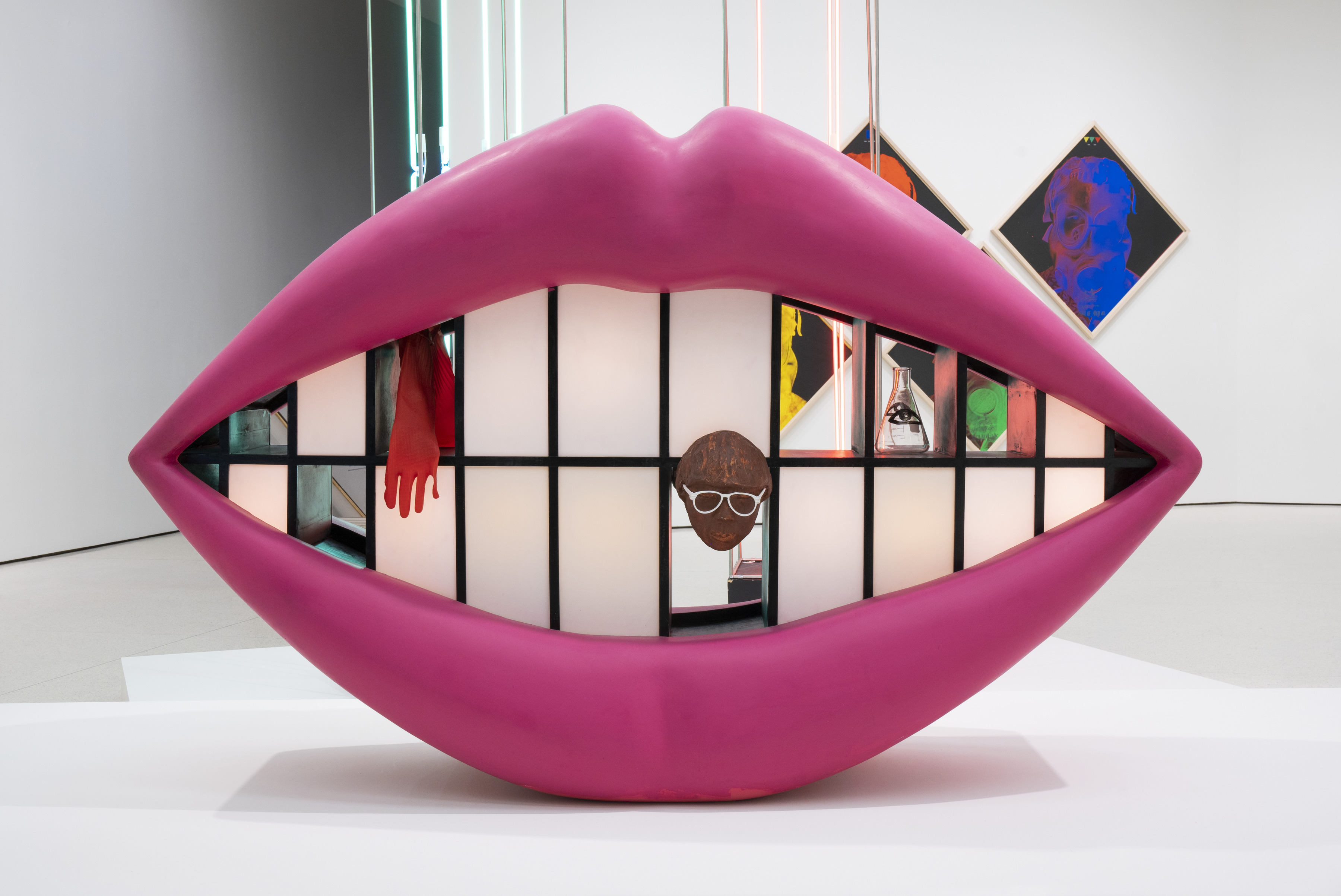
A groundbreaking exhibition dedicated to the avant-garde artists that emerged after the Korean War is currently on show at UCLA’s Hammer Museum. ‘Only the Young: Experimental Art in Korea, 1960s-1970s’, which debuted at the National Museum of Modern and Contemporary Art in Korea last summer before travelling to LA via the Guggenheim in New York, shines a spotlight on a moment of unprecedented creative energy in the country’s art history.
Experimental Korean art comes to LA

Sung Neung Kyung, Apple, 1976 (detail)
Confronted by a period of intense cultural transition, these young experimental artists worked both collectively and as individuals in pursuit of an artistic process and a language of resistance that could respond to the rapidly evolving socioeconomic, political and material landscape of the new South Korea.
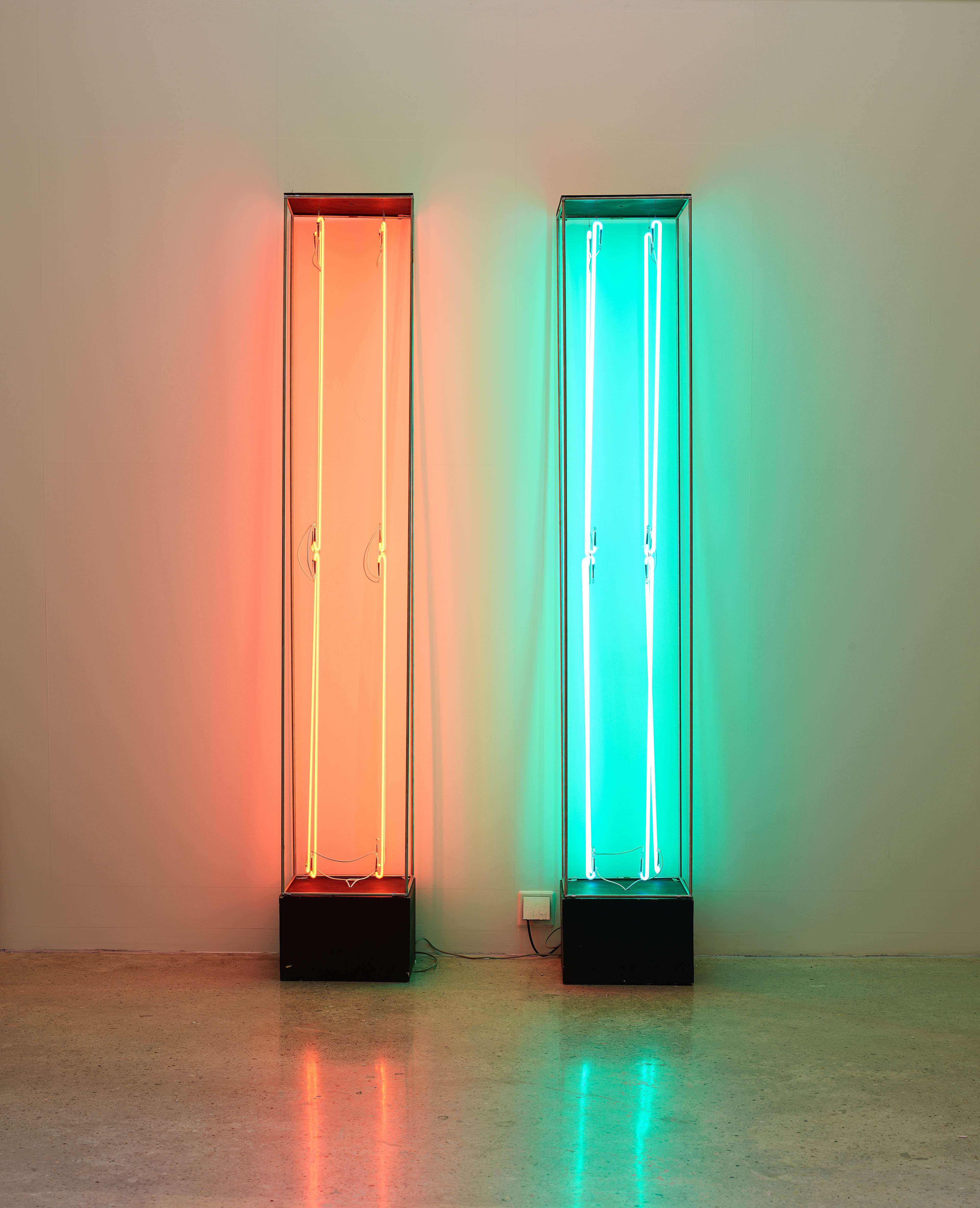
Kang Kukjin, Visual Sense I, II (Amusement of Visual Senses), 1968
The exhibition features nearly 80 works – in mediums ranging from painting, sculpture and ceramics to photography, installation and film – by 26 artists, centring on the likes of Ha Chong-Hyun, Jung Kangja, Kim Kulim, Lee Kang-So, Lee Kun-Yong, Lee Seung-taek, and Sung Neung Kyung.
Highlights include Sung’s 1976 work Apple, a row of 17 gelatin silver prints depicting the artist taking bites from an apple, and Jung’s 1967 mixed-media, mouth-shaped installation Kiss Me, one of a number of Jung pieces that challenged the gender politics that defined Korean society at the time. This generation lost momentum in the late 1970s, but would gain wider recognition in the early 2000s when the art historian Kim Mikyung revisited the period, referring to the movement as ‘Korean experimental art’.

Only the Young: Experimental Art in Korea, 1960s–1970s, installation view. Hammer Museum, Los Angeles
Ann Philbin, director of the Hammer Museum, says, ‘LA is a city with deep connections to Korean culture, and home to the largest population of Korean descendants in the nation. The artists featured in this exhibition represent a particularly important and compelling era within the recent history of Korean art, and add greater dimension to the study of art made around the world in the last 60 years.’
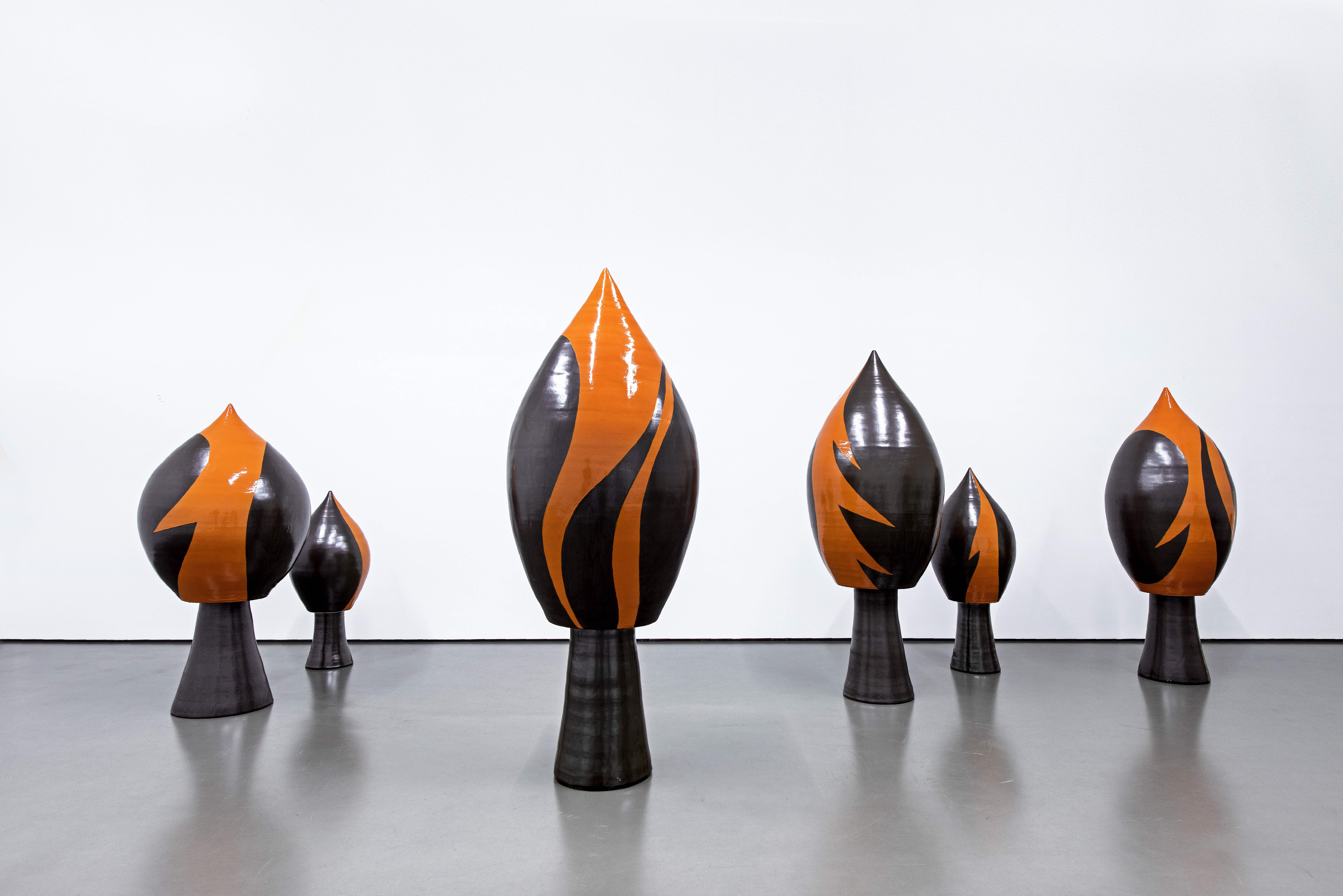
Lee Seung-taek, Untitled (Sprout), 1963/2018
Adds Kyung An, the Guggenheim’s associate curator of Asian art, says, ‘The exhibition has been in the works for five years and it is fortuitous that there is so much attention on Korean culture – be it film, music, art or food – right now. While most people are interested in what is happening today, the exhibition highlights a particular moment in history that allows us to ground these moments of celebration and bring to the fore figures and stories that would otherwise remain unknown to a wider audience.’
‘Only the Young: Experimental Art in Korea, 1960s-1970s’ runs until 12 May 2024 at Hammer Museum, LA, hammer.ucla.edu

Park Hyunki, Untitled (TV Stone Tower), 1982
Wallpaper* Newsletter
Receive our daily digest of inspiration, escapism and design stories from around the world direct to your inbox.
Anne Soward joined the Wallpaper* team as Production Editor back in 2005, fresh from a three-year stint working in Sydney at Vogue Entertaining & Travel. She prepares all content for print to ensure every story adheres to Wallpaper’s superlative editorial standards. When not dotting the i’s and crossing the t’s, she dreams about real estate.
-
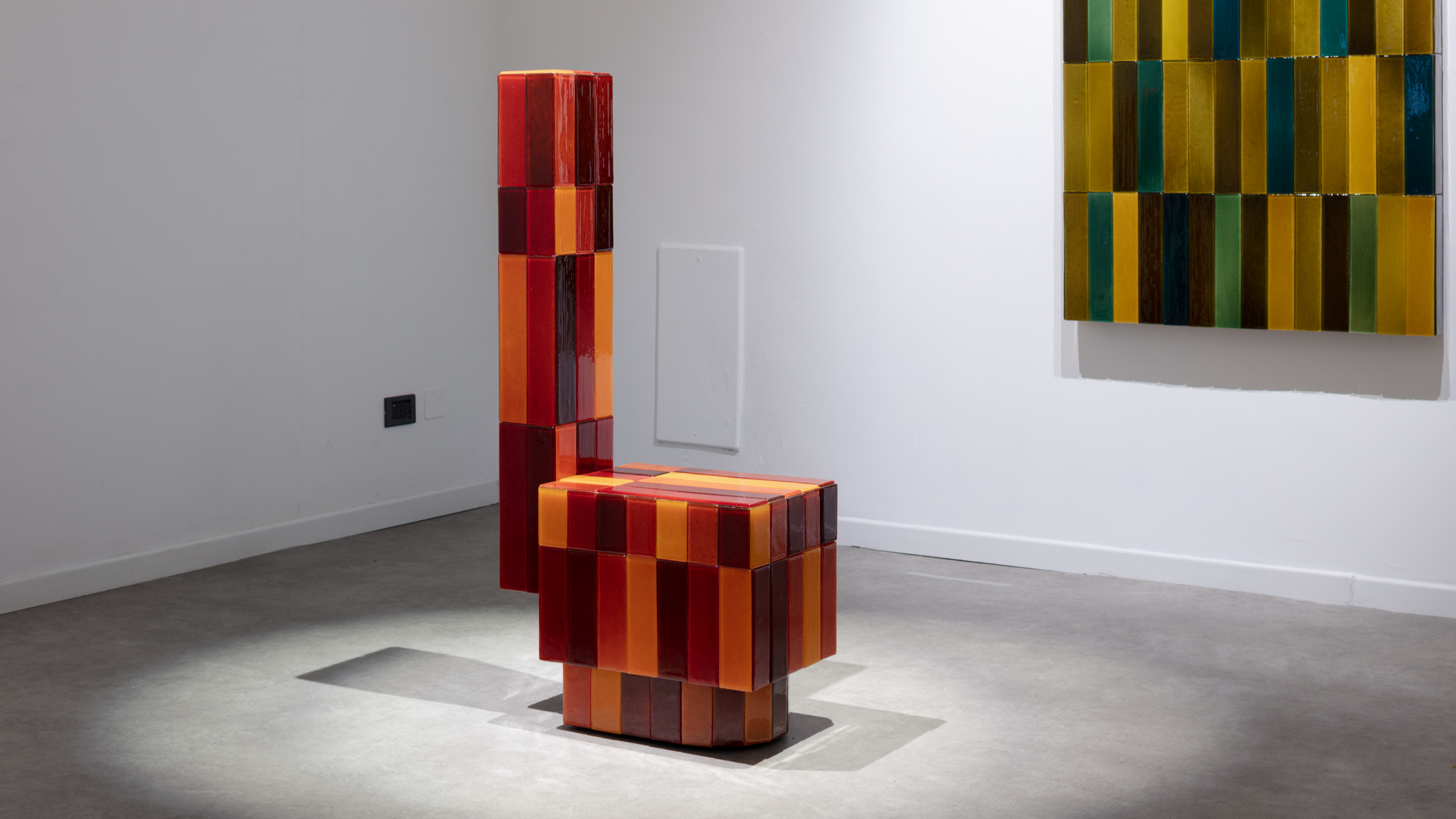 Tokyo design studio We+ transforms microalgae into colours
Tokyo design studio We+ transforms microalgae into coloursCould microalgae be the sustainable pigment of the future? A Japanese research project investigates
By Danielle Demetriou
-
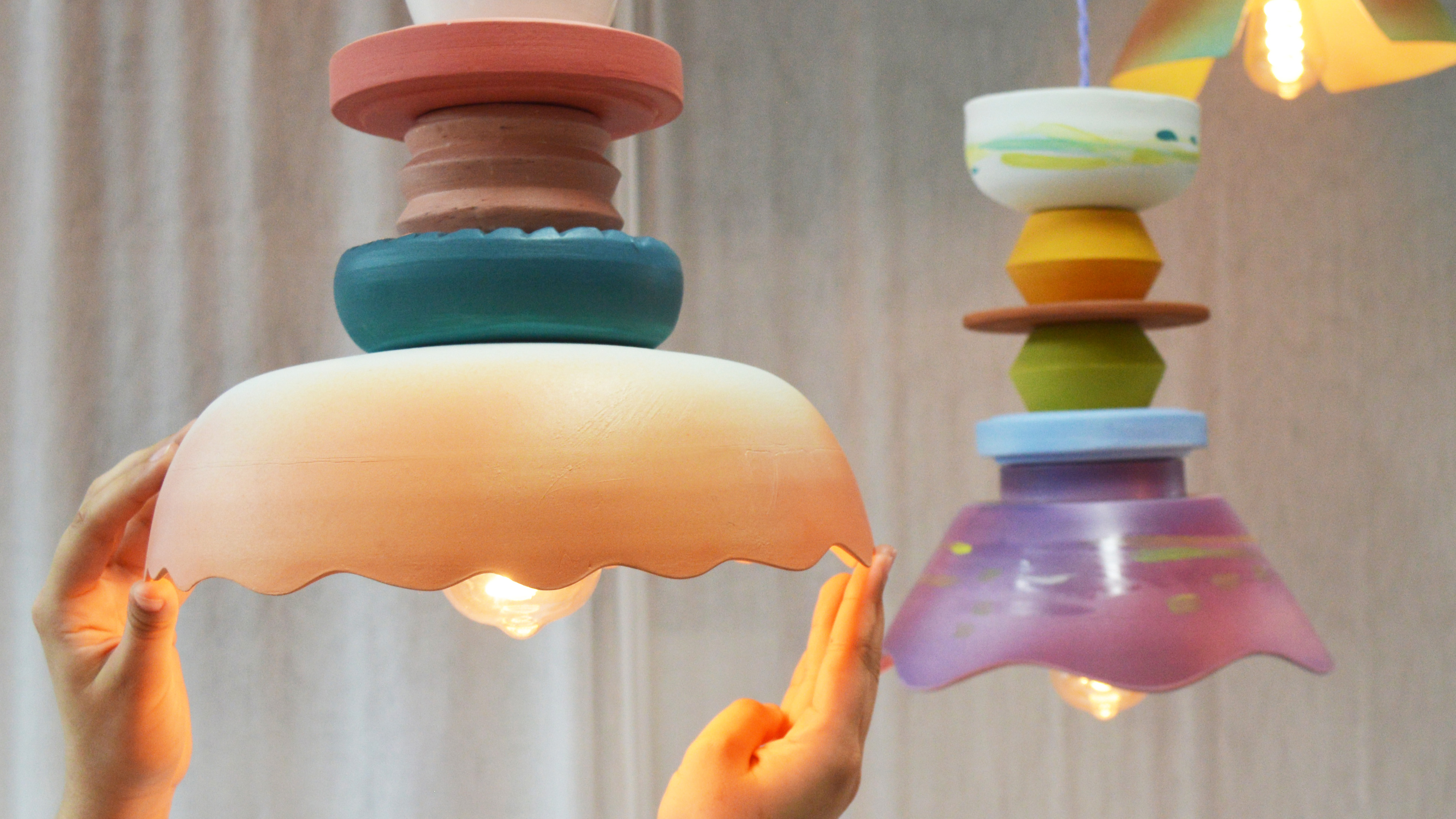 What to see at London Craft Week 2025
What to see at London Craft Week 2025With London Craft Week just around the corner, Wallpaper* rounds up the must-see moments from this year’s programme
By Francesca Perry
-
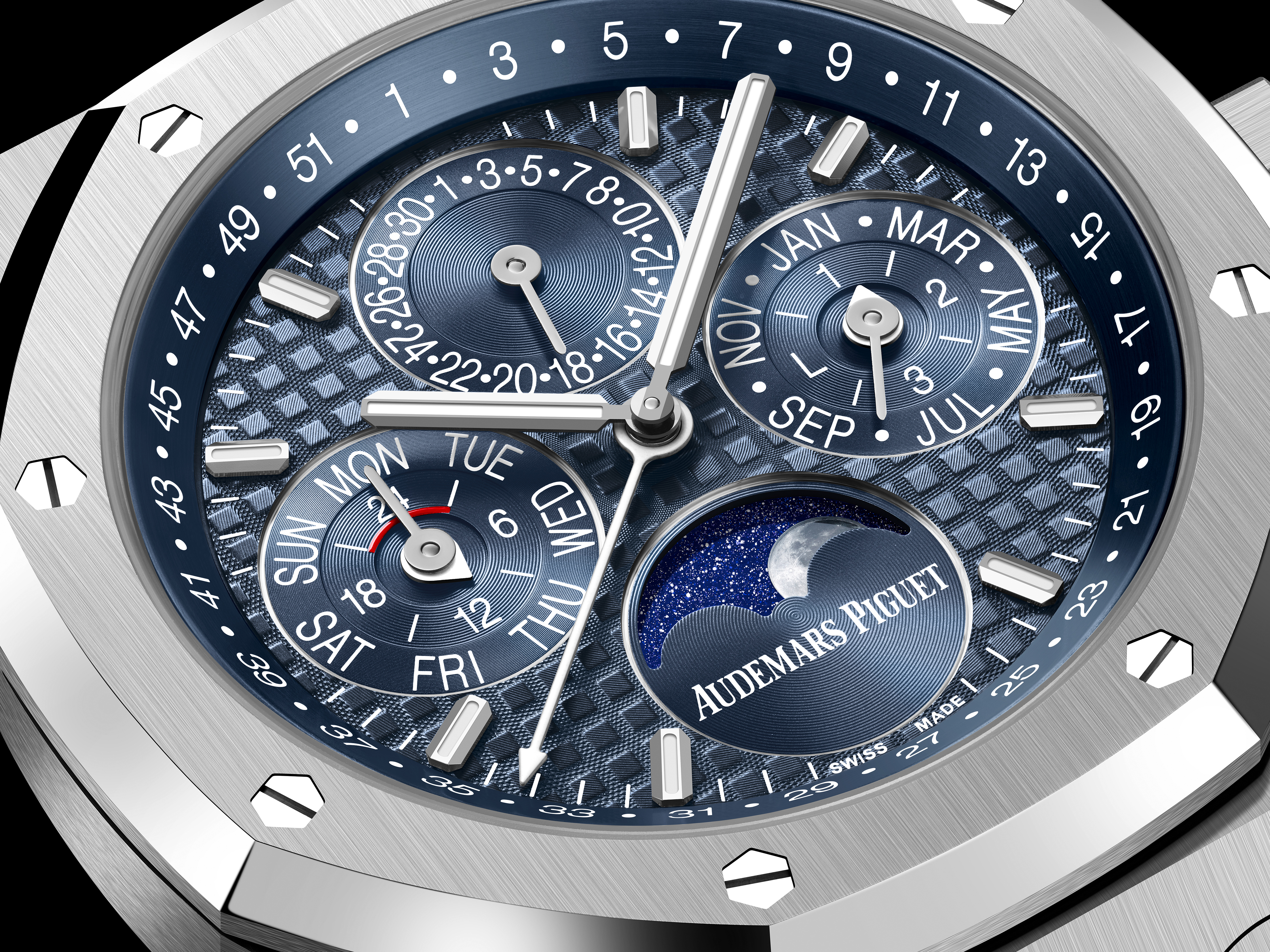 The Audemars Piguet Royal Oak Perpetual Calendar watch solves an age-old watchmaking problem
The Audemars Piguet Royal Oak Perpetual Calendar watch solves an age-old watchmaking problemThis new watch may be highly technical, but it is refreshingly usable
By James Gurney
-
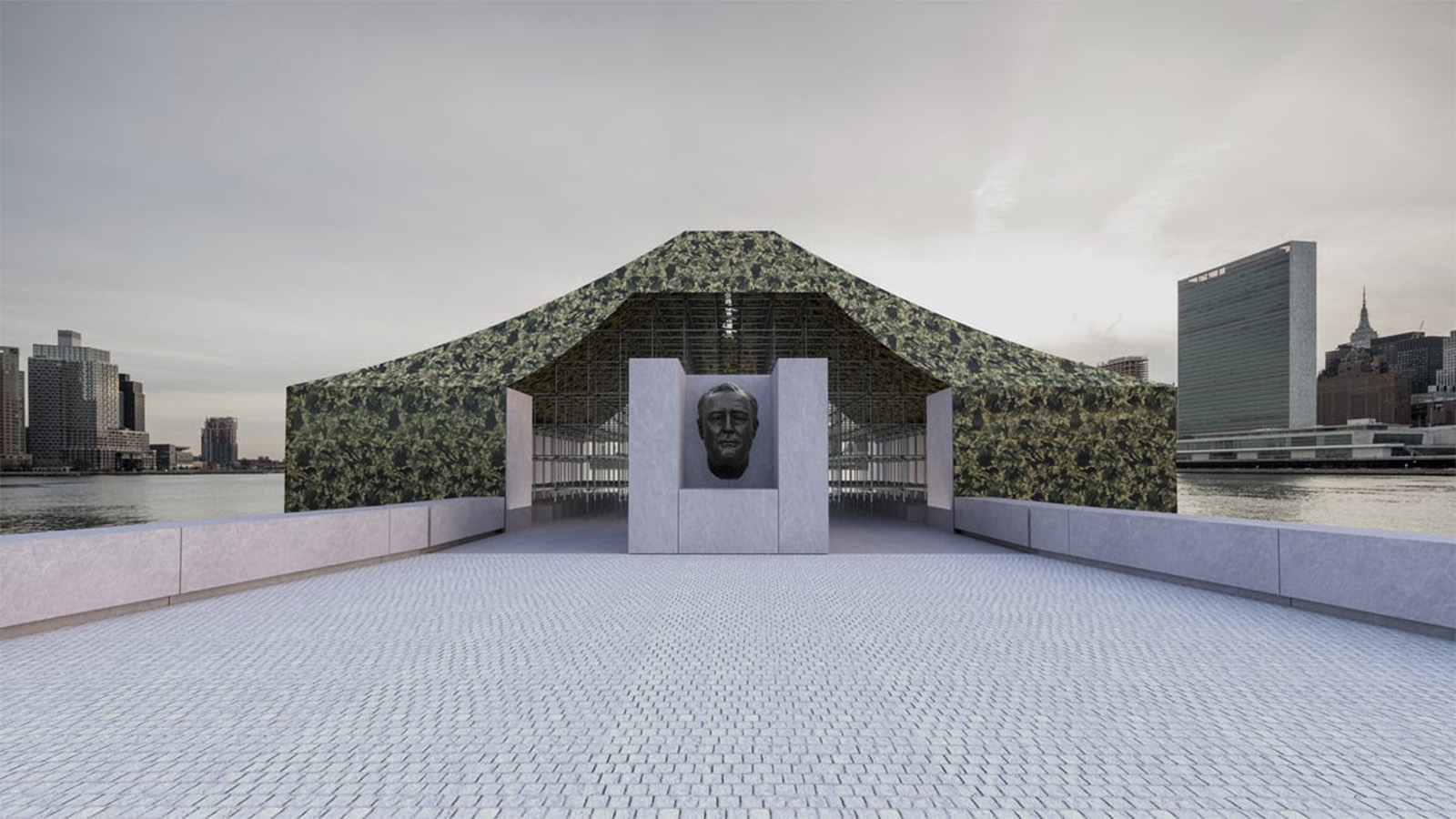 Ai Weiwei’s new public installation is coming soon to Four Freedoms State Park
Ai Weiwei’s new public installation is coming soon to Four Freedoms State Park‘Camouflage’ by Ai Weiwei will launch the inaugural Art X Freedom project in September 2025, a new programme to investigate social justice and freedom
By Tianna Williams
-
 Leonard Baby's paintings reflect on his fundamentalist upbringing, a decade after he left the church
Leonard Baby's paintings reflect on his fundamentalist upbringing, a decade after he left the churchThe American artist considers depression and the suppressed queerness of his childhood in a series of intensely personal paintings, on show at Half Gallery, New York
By Orla Brennan
-
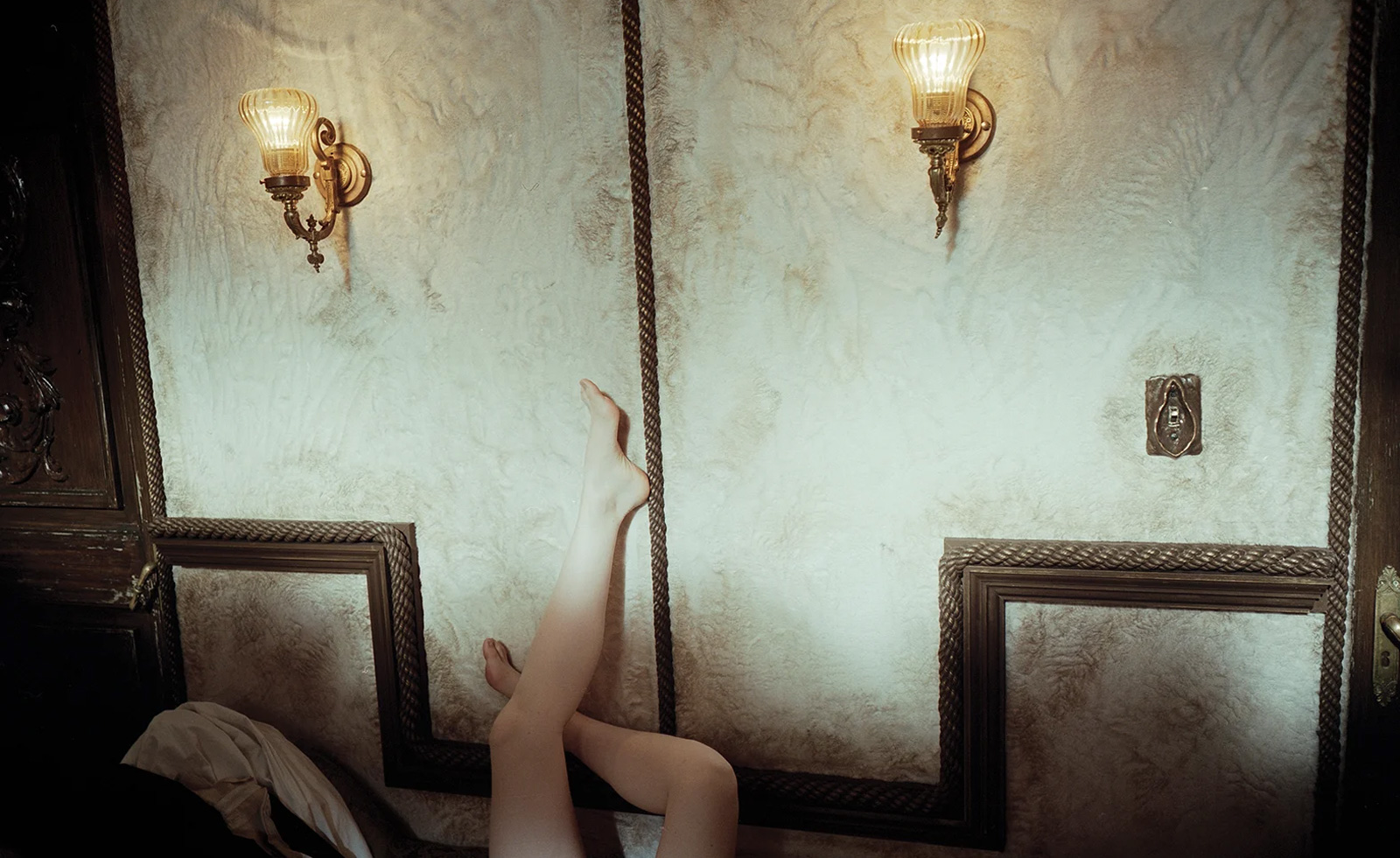 Unlike the gloriously grotesque imagery in his films, Yorgos Lanthimos’ photographs are quietly beautiful
Unlike the gloriously grotesque imagery in his films, Yorgos Lanthimos’ photographs are quietly beautifulAn exhibition at Webber Gallery in Los Angeles presents Yorgos Lanthimos’ photography
By Katie Tobin
-
 Desert X 2025 review: a new American dream grows in the Coachella Valley
Desert X 2025 review: a new American dream grows in the Coachella ValleyWill Jennings reports from the epic California art festival. Here are the highlights
By Will Jennings
-
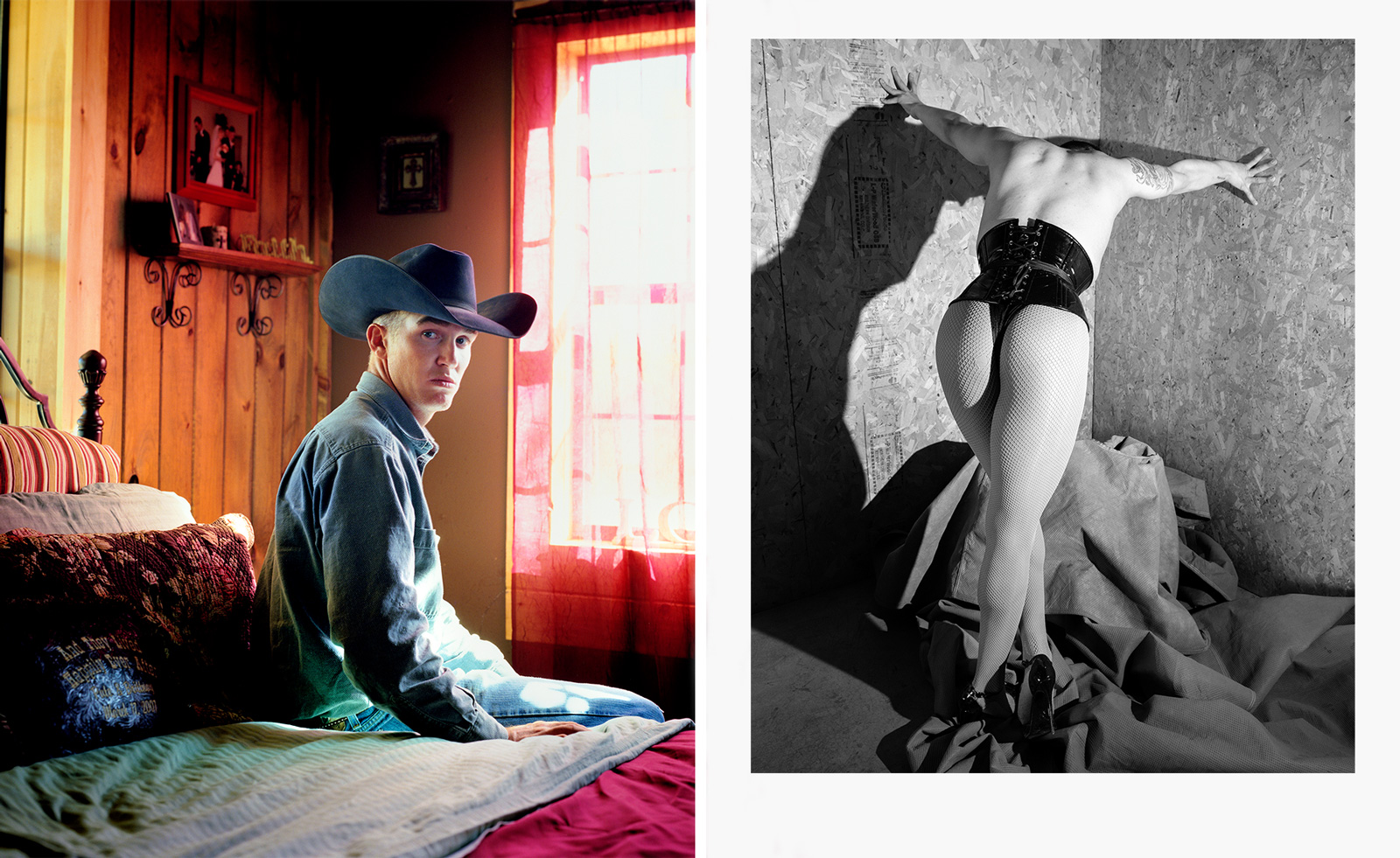 Cowboys and Queens: Jane Hilton's celebration of culture on the fringes
Cowboys and Queens: Jane Hilton's celebration of culture on the fringesPhotographer Jane Hilton captures cowboy and drag queen culture for a new exhibition and book
By Hannah Silver
-
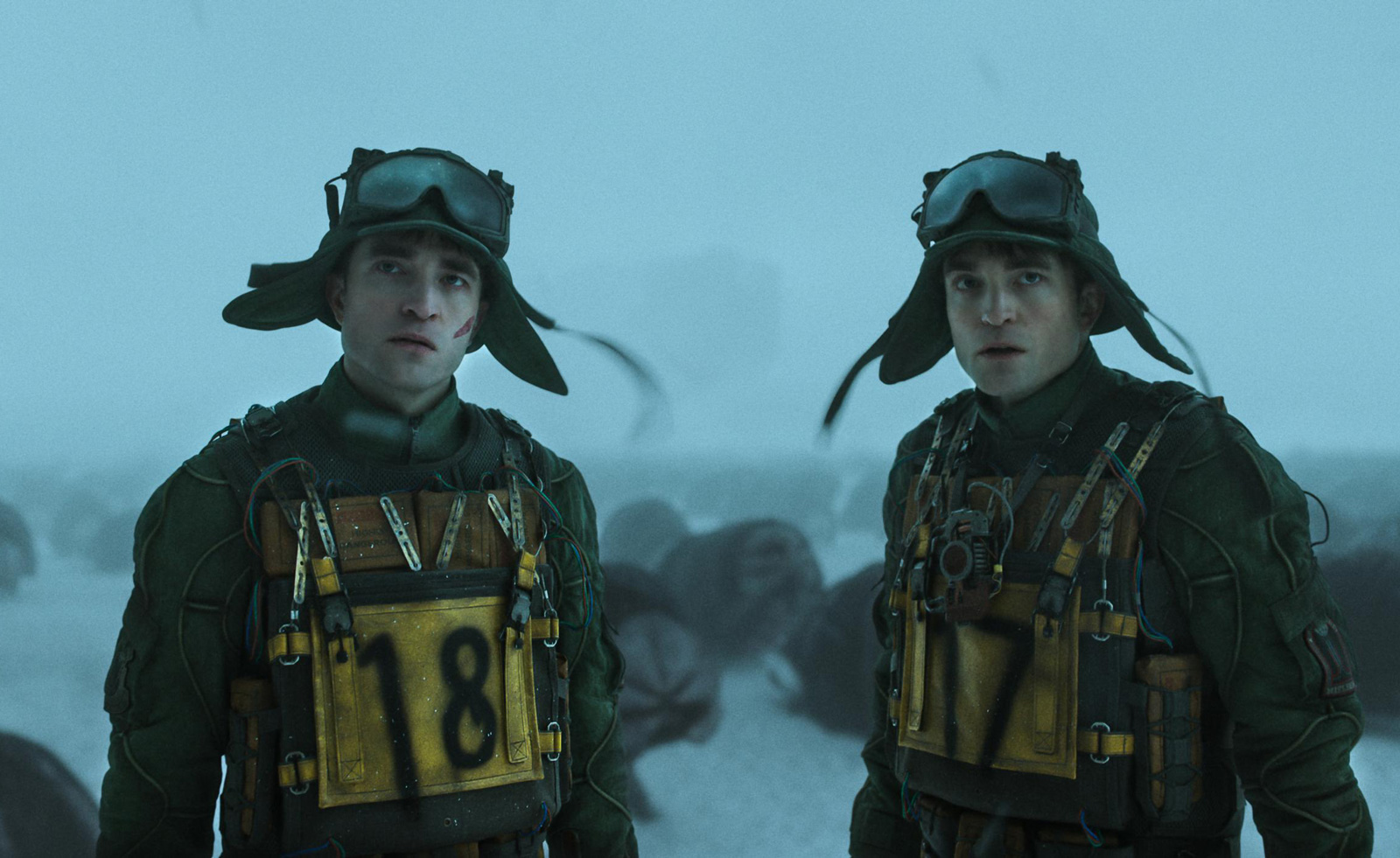 Bong on Bong: the Mickey 17 and Parasite director looks back on his career
Bong on Bong: the Mickey 17 and Parasite director looks back on his careerAs sci-fi romp Mickey 17 prepares to hit the big screen, Oscar-winning director Bong Joon Ho reflects on his career so far
By James Balmont
-
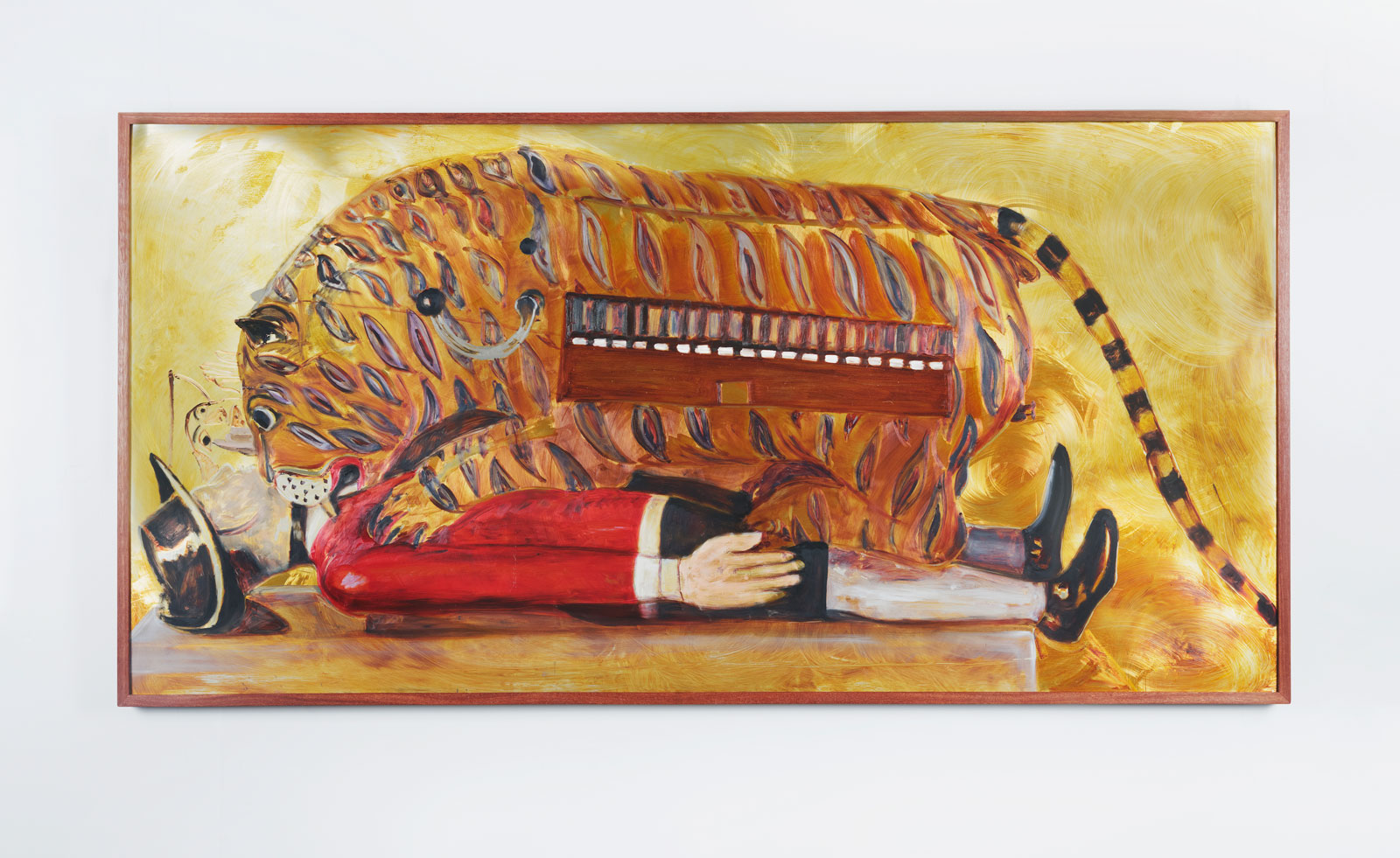 New gallery Rajiv Menon Contemporary brings contemporary South Asian and diasporic art to Los Angeles
New gallery Rajiv Menon Contemporary brings contemporary South Asian and diasporic art to Los Angeles'Exhibitionism', the inaugural showcase at Rajiv Menon Contemporary gallery in Hollywood, examines the boundaries of intimacy
By Aastha D
-
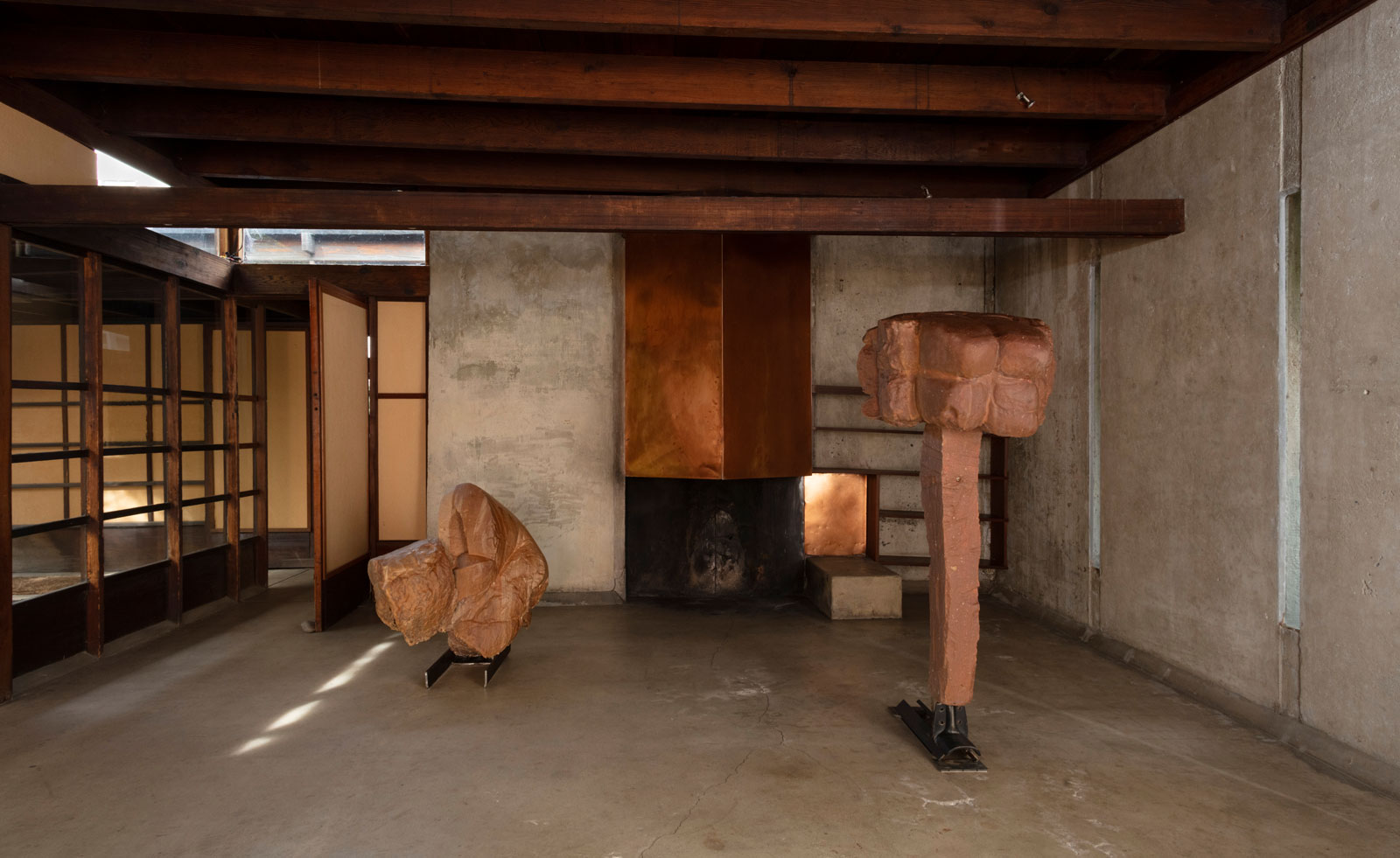 Helmut Lang showcases his provocative sculptures in a modernist Los Angeles home
Helmut Lang showcases his provocative sculptures in a modernist Los Angeles home‘Helmut Lang: What remains behind’ sees the artist and former fashion designer open a new show of works at MAK Center for Art and Architecture at the Schindler House
By Francesca Perry